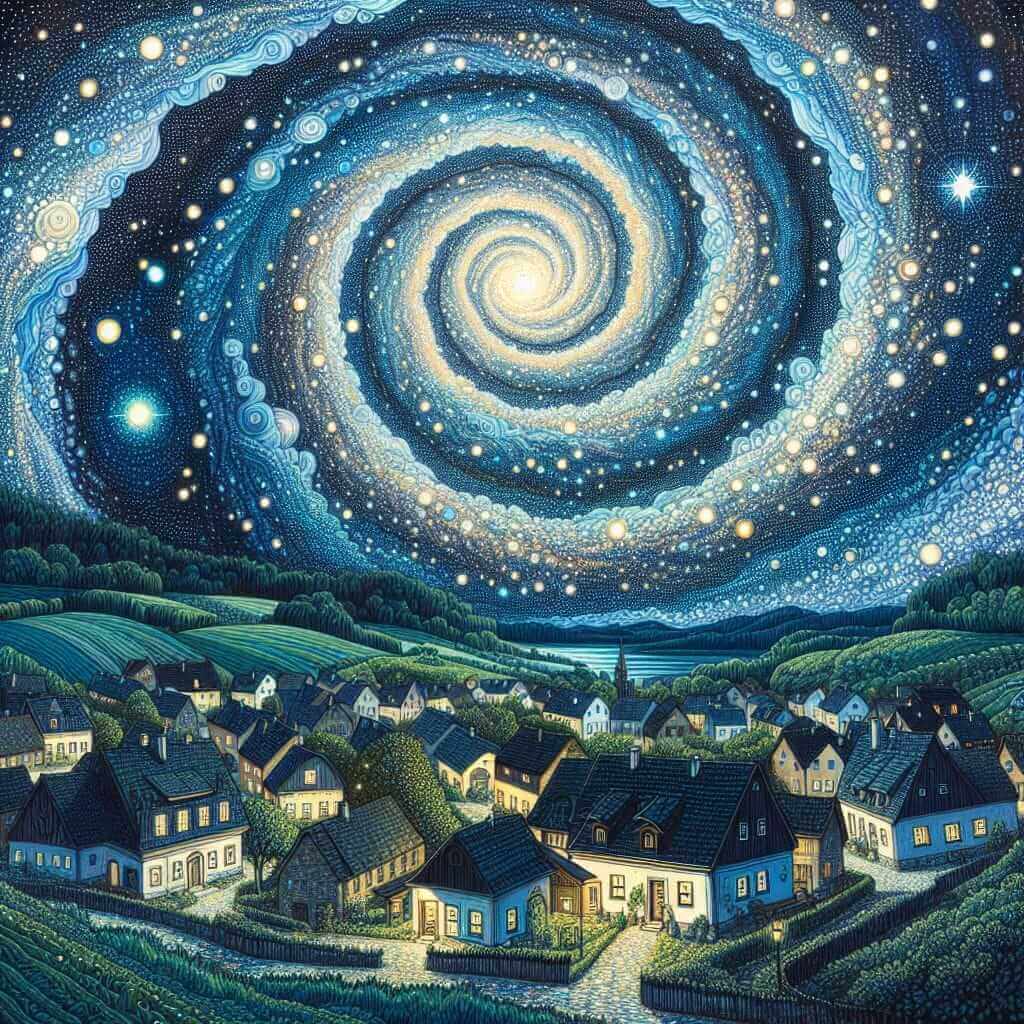The IELTS Reading section is a critical part of the IELTS exam, and understanding how to approach complex texts such as “Analysis of a Famous Artwork” can significantly enhance your performance. This article provides a detailed guide and practice material aligned with this intriguing and educational topic to help you prepare effectively.
Introduction
The IELTS Reading section evaluates your ability to understand and interpret texts on a broad range of subjects. “Analysis of a Famous Artwork” is a frequent and fascinating topic that requires comprehension of artistic elements, historical context, and critical interpretations. Historically, topics involving art analysis have appeared periodically in IELTS reading passages, and given their educational value, they may appear again in future exams. This guide will help you navigate such texts with confidence.
Reading Passage: Medium Text
The Starry Night by Vincent van Gogh
Vincent van Gogh’s “The Starry Night,” painted in 1889, is one of the most famous pieces of art worldwide. The painting captures a swirling night sky over a quaint village—intense emotions and spiritual insights manifested in the heavenly display.
Van Gogh created this masterpiece during his stay at the Saint-Paul-de-Mausole asylum in Saint-Rémy-de-Provence, France. Despite his struggles with mental illness, van Gogh was able to produce a painting that encapsulated vivid emotions and profound beauty. “The Starry Night” features turbulent whirls, a luminous crescent moon, radiant stars, and a serene village below, illustrating the harmony between tumultuous sky and peaceful earth.
Art critics and historians have explored various interpretations of this work. Some view the swirling patterns in the sky as a portrayal of van Gogh’s mental state, while others interpret the church and cypress tree in the painting as symbols of his quest for spiritual solace. The cypress tree, often associated with death and eternal life in Mediterranean culture, connects the celestial and terrestrial elements, offering a metaphysical juxtaposition that resonates with existential themes.

Questions
1. Multiple Choice
-
Vincent van Gogh painted “The Starry Night” while:
a) Taking a break from painting
b) Studying in a university
c) Staying at an asylum
d) Traveling in Provence -
What is a possible interpretation of the cypress tree in “The Starry Night”?
a) A symbol of van Gogh’s family
b) A representation of the artist’s love for nature
c) A connection between life and death
d) A depiction of loneliness
2. True/False/Not Given
- Van Gogh painted “The Starry Night” in Paris.
- “The Starry Night” features a bright crescent moon and luminous stars.
3. Matching Information
Match the following interpretations with their corresponding descriptions:
-
The patterns in the sky:
a) Van Gogh’s mental state
b) The artist’s spiritual quest -
The cypress tree:
a) A quiet Mediterranean village
b) Death and eternal life
4. Sentence Completion
Complete the sentences below:
- Vincent van Gogh’s stay at the asylum inspired him to illustrate the ____ in “The Starry Night.”
- The harmonious depiction of the sky and the village demonstrates van Gogh’s effort to convey ____.
Answer Keys
-
c)
Explanation: Vincent van Gogh painted “The Starry Night” while staying at an asylum in Saint-Rémy-de-Provence. -
c)
Explanation: The cypress tree is interpreted as a connection between life and death, according to Mediterranean cultural symbols. -
False
Explanation: Van Gogh painted “The Starry Night” in Saint-Rémy-de-Provence, not Paris. -
True
Explanation: The description of the painting mentions a bright crescent moon and luminous stars. -
a) Van Gogh’s mental state
Explanation: The swirling patterns in the sky are often seen as a portrayal of van Gogh’s turbulent mental state. -
b) Death and eternal life
Explanation: The cypress tree symbolizes death and eternal life in Mediterranean culture. -
turbulent night sky
Explanation: His stay at the asylum inspired him to illustrate the turbulent night sky. -
the harmony between tumultuous sky and peaceful earth
Explanation: The painting demonstrates van Gogh’s effort to convey the harmony between tumultuous sky and peaceful earth.
Lessons Learned
Common mistakes in this type of reading passage include misunderstanding symbolic representations and misinterpreting facts due to complex sentence structures. It’s crucial to pay close attention to details and different interpretations provided.
Vocabulary
- Quaint (adj): /kweɪnt/ – charmingly unusual or old-fashioned
- Turmoil (n): /ˈtɜːrmɔɪl/ – a state of great disturbance, confusion, or uncertainty
- Metaphysical (adj): /ˌmɛtəˈfɪzɪkəl/ – relating to metaphysics, beyond the physical realm
- Juxtaposition (n): /ˌdʒʌkstəpəˈzɪʃən/ – the fact of two things being seen or placed close together with contrasting effect
Grammar
-
Passive Voice: The Starry Night was painted by Vincent van Gogh.
Usage: Emphasizes the painting rather than the artist. -
Complex Sentences: Despite his struggles with mental illness, van Gogh created a masterpiece that encapsulated vivid emotions.
Usage: Important for conveying detailed and connected information.
Tips for Scoring High in Reading
- Skimming and Scanning: Improve these skills to quickly find information and grasp the main idea.
- Understand Question Types: Familiarize yourself with different question types like True/False/Not Given and Matching Information.
- Practice Regularly: Use a variety of reading passages to enhance comprehension and vocabulary.
By dedicating time to unravel the nuances of complex topics like “Analysis of a Famous Artwork,” you will undoubtedly improve your IELTS Reading score. For further practice, visit IELTS.Net and explore other valuable resources.